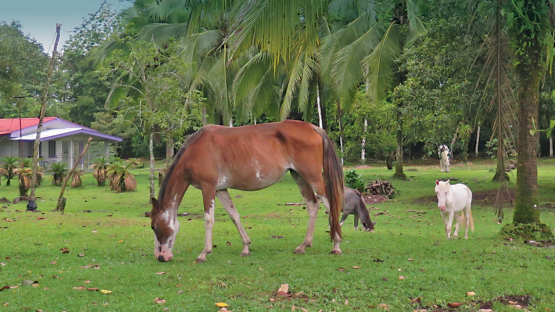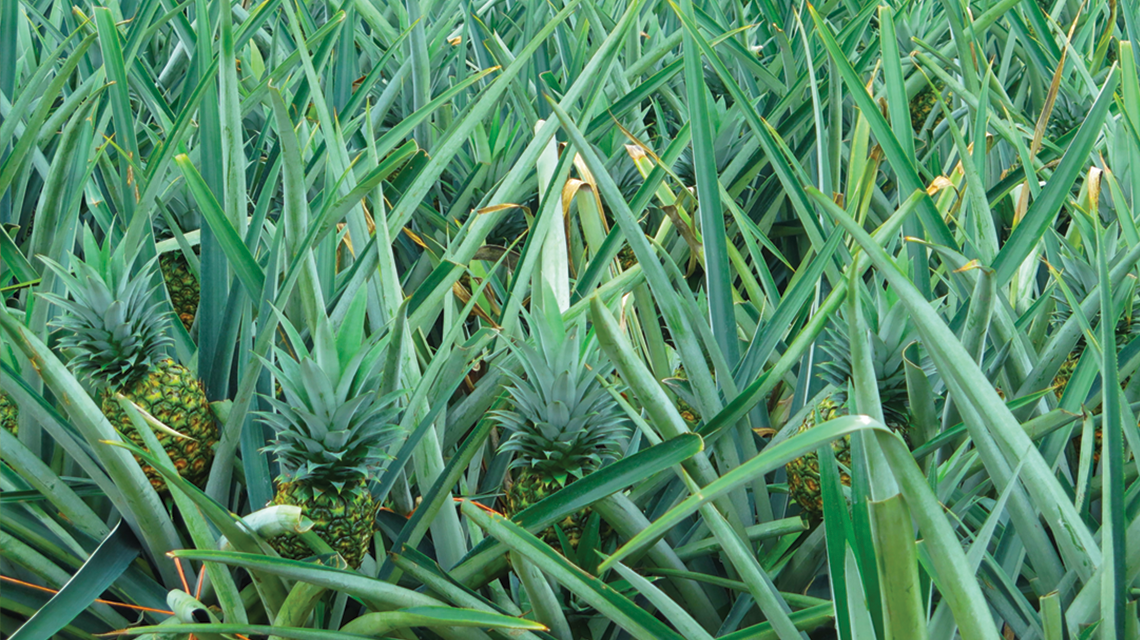A group of Costa Rican experts has demonstrated that using a tiny wasp and nuclear technology can control the stable fly, a pest that is causing losses to pineapple producers and cattle breeders in Costa Rica and beyond. The pilot project was supported by the IAEA and the Food and Agriculture Organization of the United Nations (FAO).
Just about the same size as the common housefly, the stable fly bites and causes stress in the cattle it attacks, provoking anaemia, weight loss and reduced milk production. It breeds among others in pineapple residue, which is abundant in Costa Rica, the world’s number one pineapple producer.
“The pest is having an economic impact, because it’s affecting the health of cattle; a social impact, because the population blames the pineapple producers; and an environmental impact, because the pineapple producers apply more and more pesticide and plastic traps to control it,” said Arturo Solórzano, an entomologist at Costa Rica’s National Institute of Agricultural Technology Innovation and Transfer (INTA).
The solution that INTA has identified to control the fly is simple: a wasp. It’s the result of research on area-wide insect pest management, an approach that often includes the use of radiation to sterilize insects before they are released. In this case, another nuclear application proved more effective.








